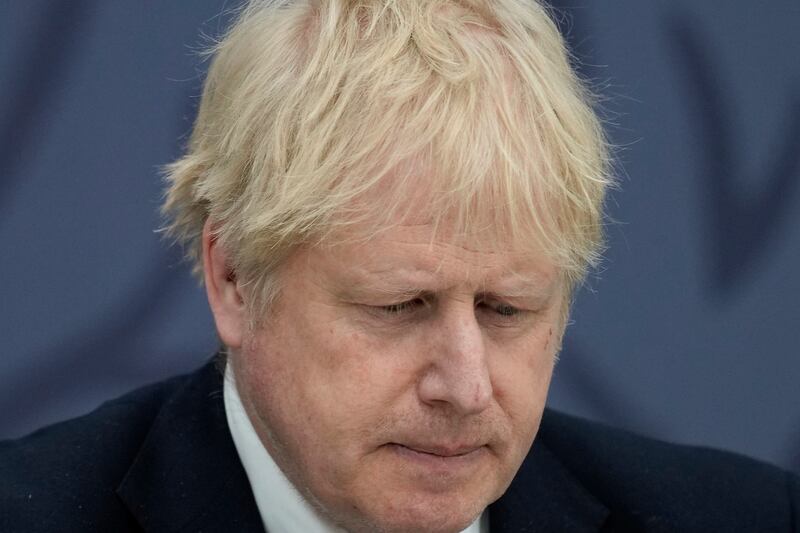The new offensive against eastern Ukraine began on Monday night with Russia unleashing a barrage of missiles and artillery fire along the line from Kharkiv in the north to Mariupol in the south. In Mariupol, the city's remaining Ukrainian troops and an estimated 2,000 civilians are surrounded in the tunnels under the sprawling Azovstal steel plant, refusing demands to surrender. Food and ammunition are running low.
The city, a key port and a strategic Russian target to open a southern corridor to the occupied Crimean peninsula, and where Ukraine estimates 21,000 people have been killed so far, is being fought over street by street. It is said to be tying up 12 of Russia's 70-plus battalion tactical groups (battalions usually consist of 800-1,000 troops) in the Donbass. But the shelling of Kharkiv, where 18 people have been killed and 106 injured in the last few days, and of Marinka, Slavyansk and Kramatorsk, as well as the Russian capture of the eastern town of Kreminna are a clear sign that Russia is unwilling to wait for the port city to fall to press on with its new offensive. Its redeployment from Kyiv appears to be complete.
Four Russian rockets also smashed into the western city of Lviv, killing seven people and injuring at least 11 – a reminder that nowhere is safe.
This second phase of the war, in effect a reprise against massively larger invading forces of the deadlocked war that has been fought in Donbass since 2014, will test Ukraine in a completely new way. The tactical flexibility and boldness demonstrated against Russia’s bogged-down columns north of Kyiv will need to be adapted to the wide rolling plains and entrenched positions of the east.
That, as the Ukrainians have made repeatedly clear in appeals to the West, will require new types of weaponry – tanks, planes, air defences, and anti-ship missile systems – that their allies have been initially slow to supply. Divisions within Germany's governing parties centre on whether Berlin should be willing to supply heavy arms, particularly tanks, bilaterally to Ukraine or should only do so through Nato. Yesterday US president Joe Biden convened a videoconference with G7, EU and Nato leaders to discuss the latest developments and bolster supplies to the beleaguered country.
The increasing likelihood that the war will now be prolonged is also challenging to some more accommodating states who fear their own stocks of weapons are already being depleted dangerously by their offerings to Ukraine at a time of increased tension with Russia. And experts warn that speeding up arms production lines and training in new weapons systems both require time, which is in short supply. Ukraine needs more weapons on the ground immediately.














